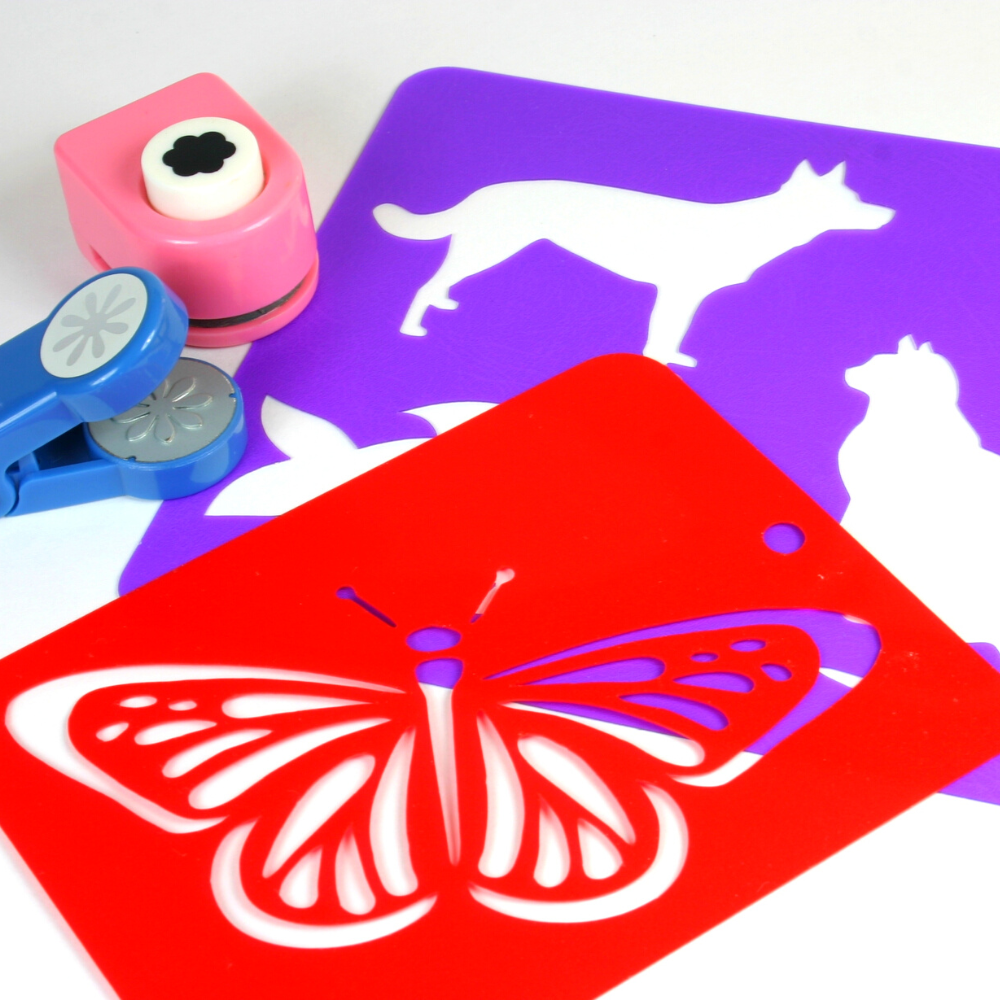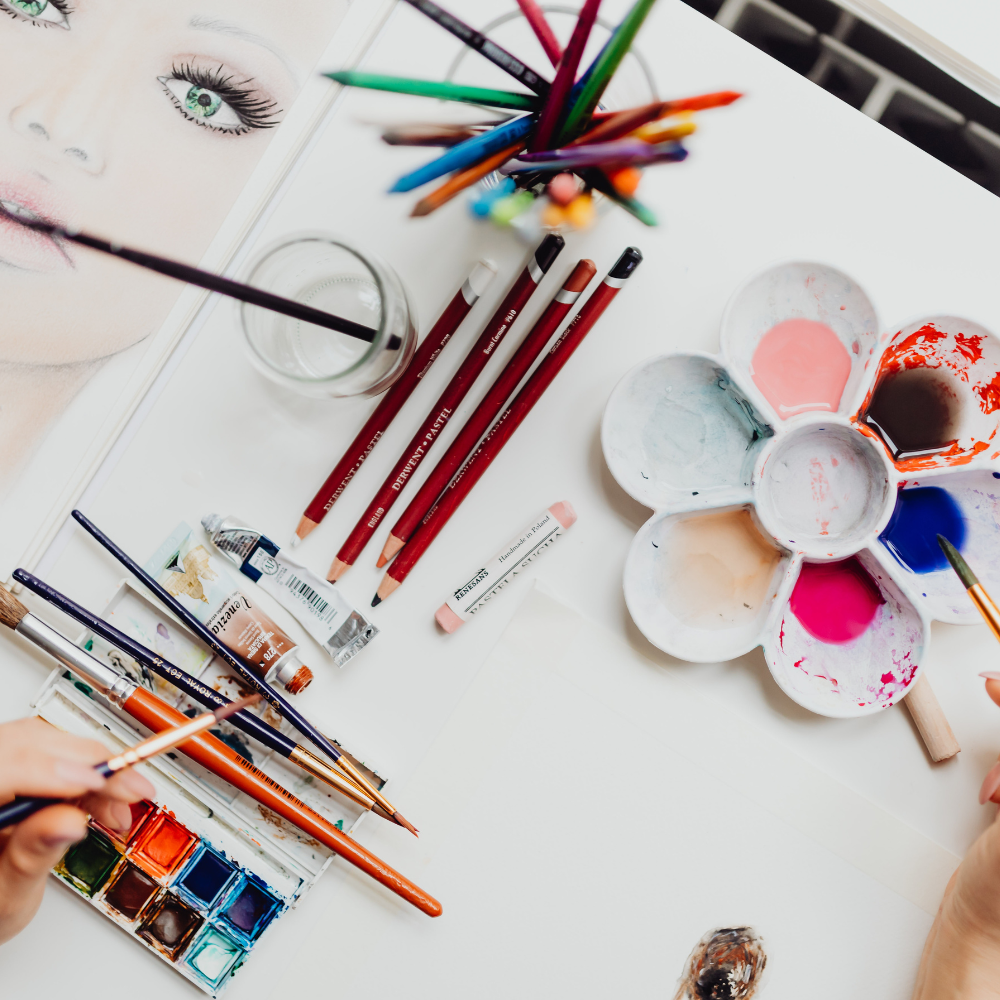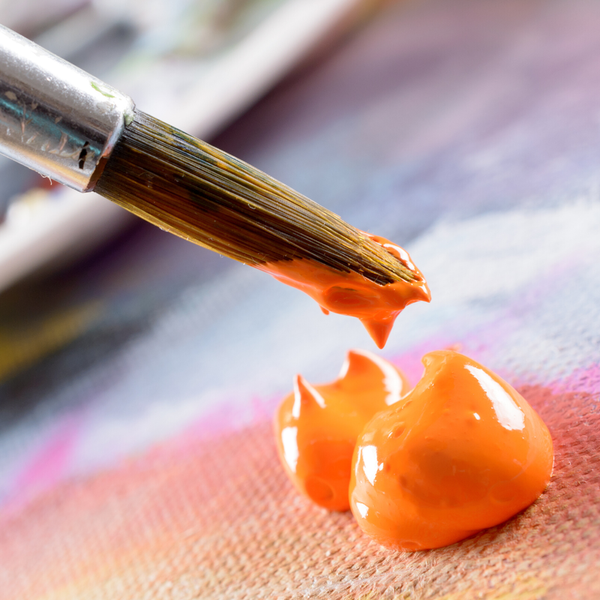Arts and crafts have woven themselves into the very fabric of human culture, acting as powerful conduits for expression, communication, and boundless creativity.
From the delicate pottery of ancient civilizations to today's vibrant DIY projects, the essence of arts and crafts has undergone a fascinating evolution.
This article delves into what is considered arts and crafts, exploring all its facets.
Join us as we explore what truly defines arts and crafts, delving into their rich history, nuanced definitions, and the intriguing distinctions between art and craft.
Key Takeaways:
- Arts and crafts encompass a wide range of creative activities that involve making things by hand.
- The arts and crafts movement emphasized the importance of craftsmanship and the beauty of handmade objects.
- Understanding the differences between art and craft can enhance appreciation for both forms of creative expression.

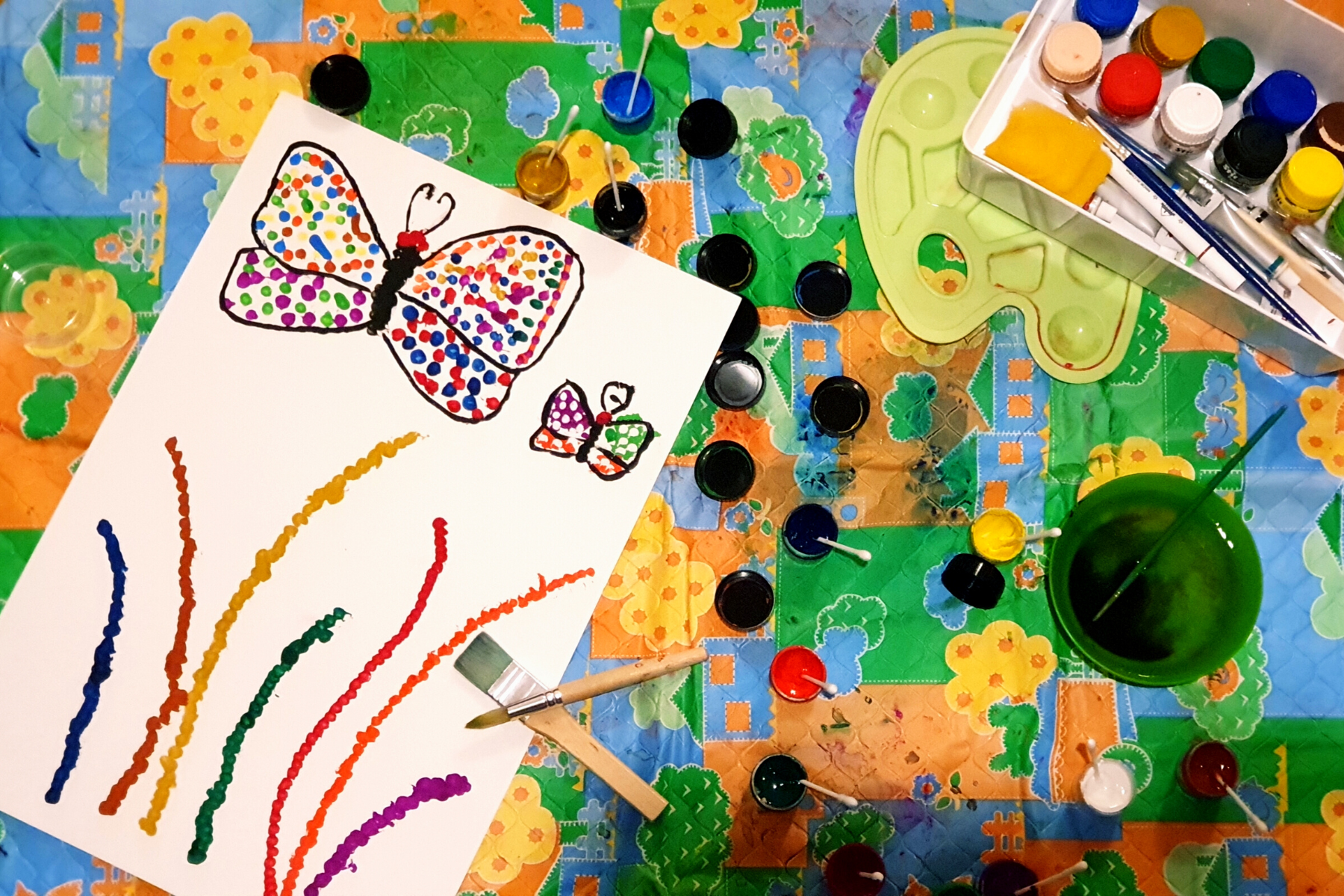
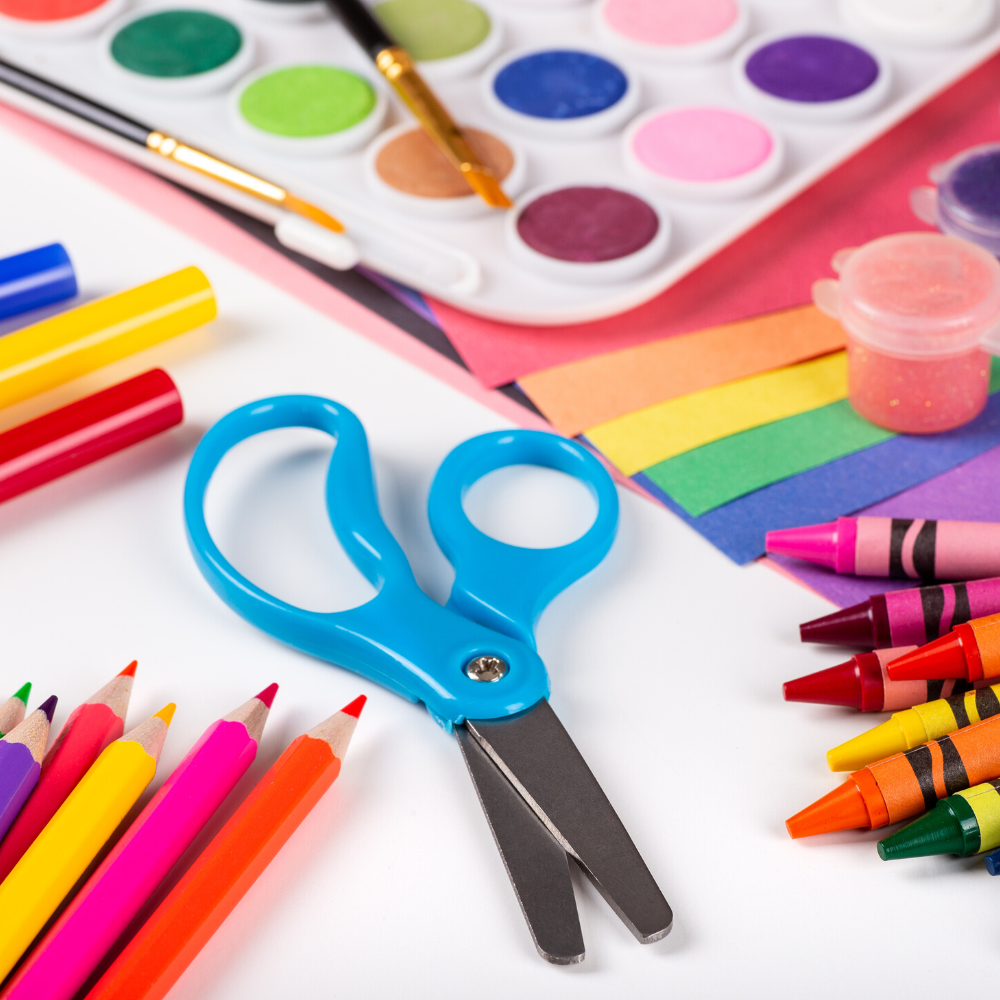
Definition of Arts and Crafts
The term "arts and crafts" refers to a broad spectrum of activities that involve creating objects by hand.
According to the Oxford Dictionary, arts and crafts are "decorative design and handicraft."
This definition highlights the emphasis on both aesthetic beauty and the skill involved in making these objects.
Arts and crafts can include a variety of art mediums such as painting, drawing, ceramics, textiles, and more.
The arts and crafts movement, which emerged in the late 19th century, played a significant role in shaping the modern understanding of these activities.
This movement, led by figures like William Morris, sought to revive traditional craftsmanship and counteract the negative effects of the industrial revolution.
It emphasized the value of handmade objects and the importance of quality and creativity in production.
Historical Context of Arts and Crafts
The history of arts and crafts dates back to ancient times when humans first began to create objects for both practical and decorative purposes.
Early examples include pottery, textiles, and jewelry, which were often made with a high degree of craftsmanship and artistic merit.
These objects were not only functional but also held cultural and symbolic significance.
During the industrial revolution, the mass production of goods led to a decline in the quality and uniqueness of handmade objects.
The arts and crafts movement emerged as a response to this trend, advocating for a return to traditional craftsmanship and the appreciation of handmade items.
This movement had a profound impact on various art forms, including architecture, furniture design, and decorative arts.
Distinction Between Art and Craft
One of the key aspects of understanding what is considered arts and crafts is recognizing the distinction between art and craft.
While both art and craft involve creativity and skill, they differ in their purpose and execution.
Art is often appreciated primarily for its beauty or emotional power, while craft is valued for its functionality and craftsmanship.
For example, a painting like the Mona Lisa is considered fine art because it is appreciated for its aesthetic beauty and the skill of the artist.
On the other hand, a handmade quilt is considered a craft because it serves a practical purpose and showcases the maker's craft skills.
However, the line between art and craft is not always clear-cut, and many objects can be appreciated for both their artistic and functional qualities.



Role of Creativity in Arts and Crafts
Creativity is at the heart of both art and craft. It involves the use of imagination and ideas to create something new and unique.
In the context of arts and crafts, creativity can manifest in various ways, from the design of a piece of jewelry to the composition of a painting.
The creative process often involves experimentation, problem-solving, and the ability to see potential in different materials and techniques.
Artists and craftspeople alike rely on their creativity to produce works that are not only visually appealing but also meaningful and expressive.
Whether it is a sculpture that evokes a sense of wonder or a piece of pottery that serves a domestic function, the creative process is essential to the creation of arts and crafts.
Importance of Craftsmanship
Craftsmanship is a crucial element of arts and crafts, referring to the skill and quality involved in making an object.
It encompasses the techniques, materials, and attention to detail that go into creating a piece.
Good craftsmanship ensures that an object is not only beautiful but also durable and functional.
The arts and crafts movement emphasized the importance of craftsmanship, advocating for the use of traditional techniques and high-quality materials.
This focus on craftsmanship is still relevant today, as many people continue to value handmade objects for their uniqueness and quality.
Whether it is a piece of furniture, a textile, or a piece of jewelry, good craftsmanship enhances the value and appeal of arts and crafts.
Educational Value of Arts and Crafts
Arts and crafts have significant educational value, providing opportunities for learning and personal development.
Engaging in arts and crafts activities can help develop fine motor skills, creativity, and problem-solving abilities.
It also encourages self-expression and can be a therapeutic and relaxing activity.
Art schools and educational programs often include arts and crafts in their curriculum, recognizing the importance of these activities in fostering creativity and skill development.
Whether it is through formal education or informal projects, arts and crafts offer valuable learning experiences for people of all ages.
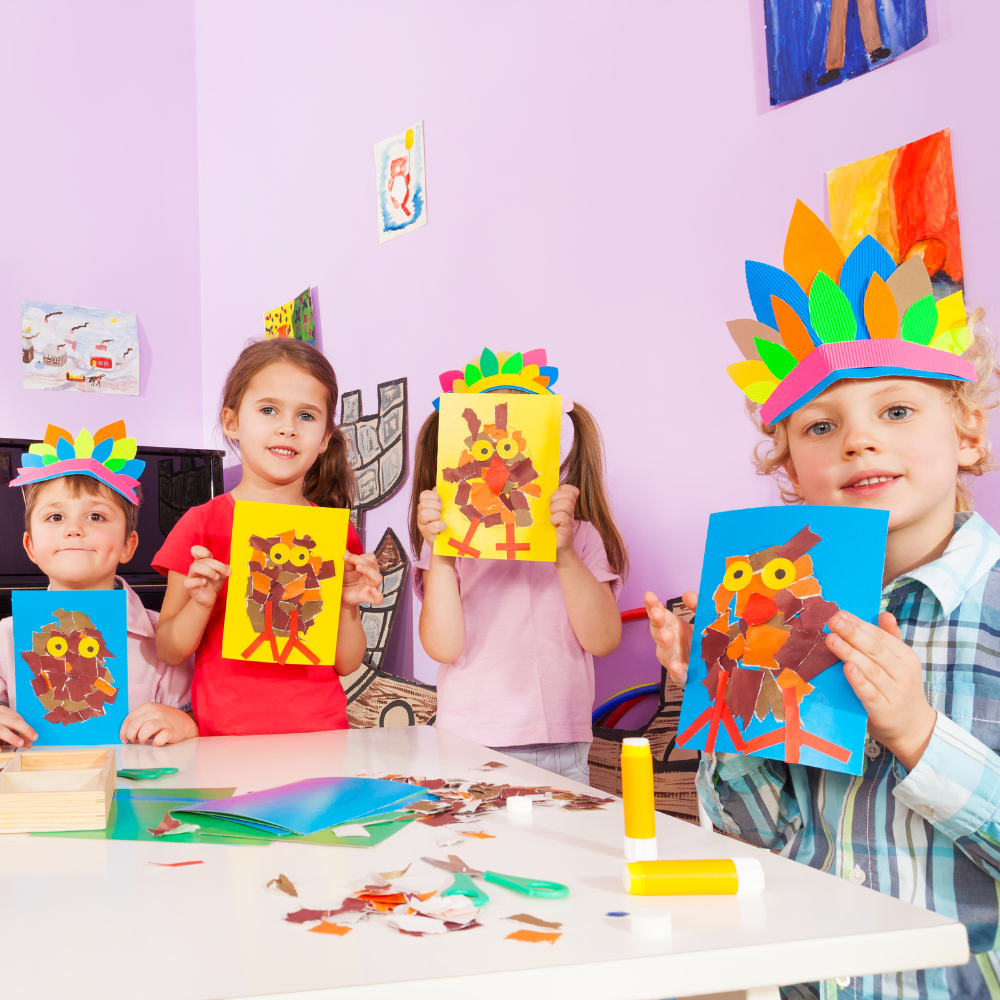

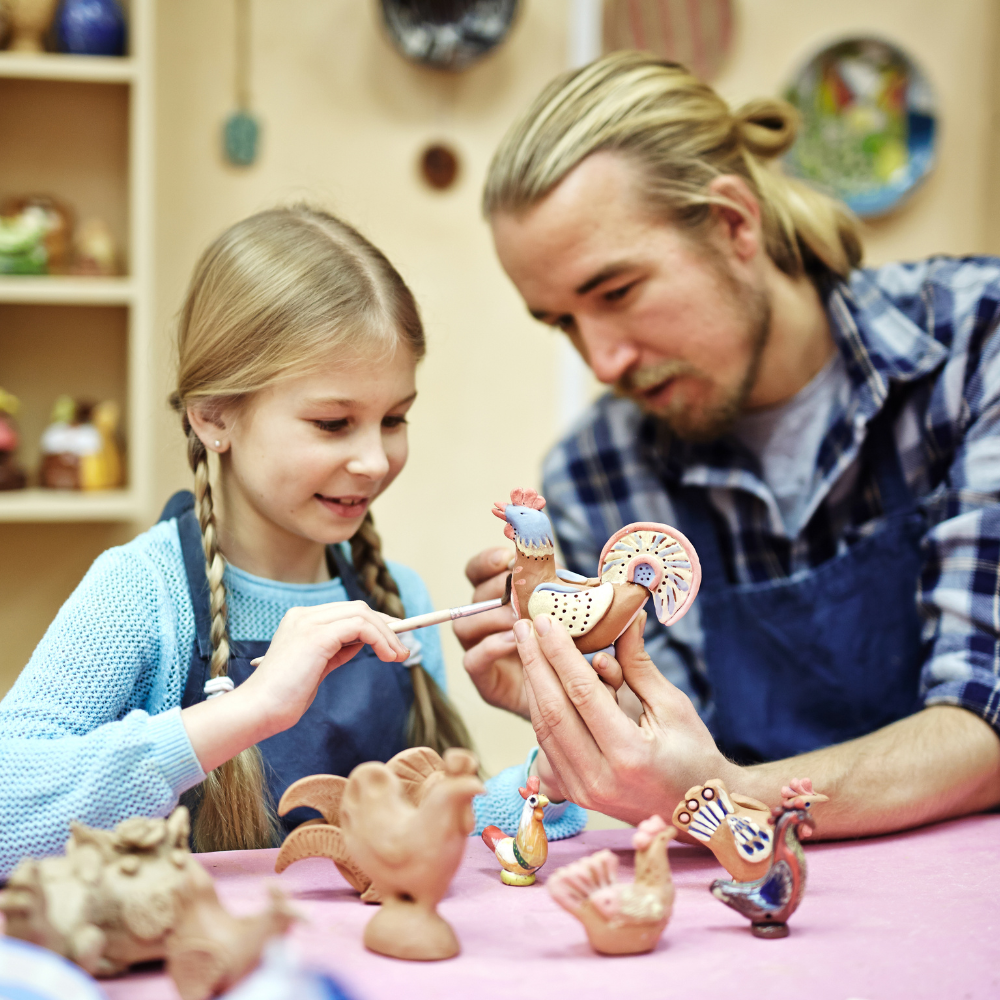
Cultural Significance of Arts and Crafts
Arts and crafts hold cultural significance, reflecting the values, traditions, and history of different societies.
Throughout history, various cultures have developed unique art forms and craft techniques that are passed down through generations.
These cultural expressions can be seen in traditional textiles, pottery, jewelry, and other handmade objects.
Museums and cultural institutions often exhibit arts and crafts to showcase the diversity and richness of human creativity.
These exhibits provide insight into the cultural context and significance of different art forms, helping to preserve and promote cultural heritage.
Modern Relevance of Arts and Crafts
In today's fast-paced and technology-driven world, arts and crafts continue to hold relevance and appeal.
Many people are drawn to the hands-on, creative nature of these activities, finding joy and satisfaction in making things by hand.
The rise of the DIY (do-it-yourself) movement and the popularity of handmade goods reflect a growing appreciation for arts and crafts.
Modern technology has also expanded the possibilities for arts and crafts, with digital tools and platforms enabling new forms of creative expression.
From digital painting to 3D printing, technology has opened up new avenues for artists and craftspeople to explore and innovate.
Examples of Arts and Crafts
There are countless examples of arts and crafts, each showcasing the creativity and skill of the maker.
Some common examples include:
- Painting and Drawing: These visual forms of art involve creating images on a surface using various mediums such as paint, pencil, or ink. Famous examples include the Mona Lisa by Leonardo da Vinci and Starry Night by Vincent van Gogh.
- Ceramics and Pottery: This craft involves shaping and firing clay to create functional and decorative objects. Examples include traditional pottery from different cultures and contemporary ceramic art.
- Textiles and Fiber Arts: This category includes activities such as weaving, knitting, and embroidery. Examples include traditional tapestries, handmade quilts, and modern textile art.
- Jewelry Making: This craft involves creating wearable art using materials such as metal, beads, and gemstones. Examples include handmade necklaces, bracelets, and rings.
- Woodworking: This craft involves shaping and assembling wood to create functional and decorative objects. Examples include handmade furniture, wooden sculptures, and carved objects.
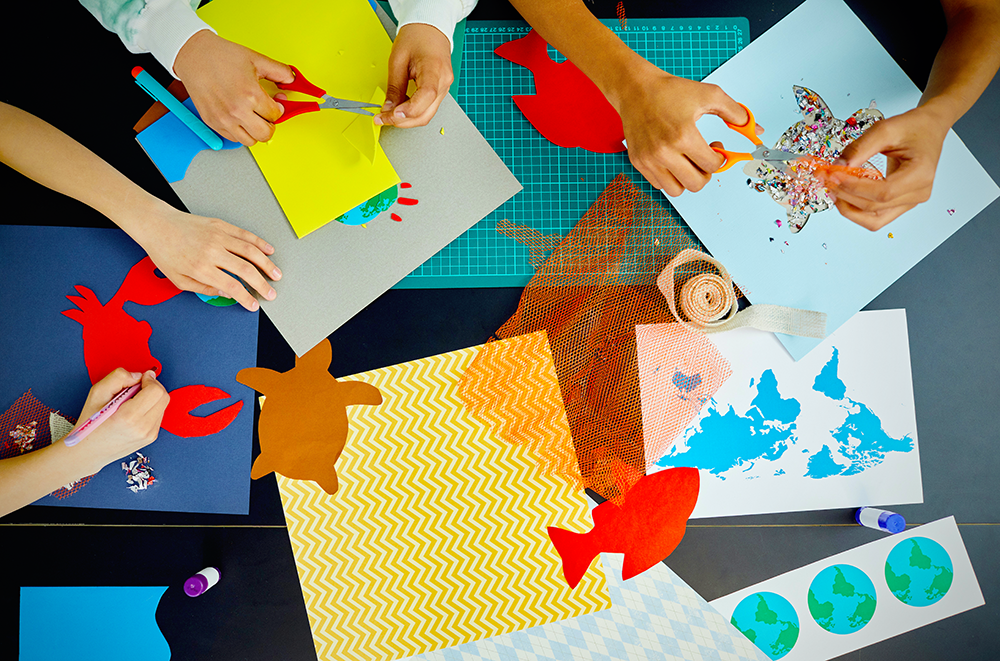


Embrace the Creative Journey
Arts and crafts are more than just hobbies; encompassing a wide range of creative activities that involve making things by hand, they are gateways to endless creativity and cultural expression.
The arts and crafts movement emphasized the importance of craftsmanship and the beauty of handmade objects.
By appreciating the nuances between art and craft, we can deepen our understanding and enjoyment of these timeless activities.
Whether you're painting, molding ceramics, or weaving textiles, each endeavor offers a unique opportunity to learn, grow, and connect with the rich tapestry of human creativity.
So, pick up your tools and let your imagination soar—there's a world of handmade beauty waiting to be discovered!

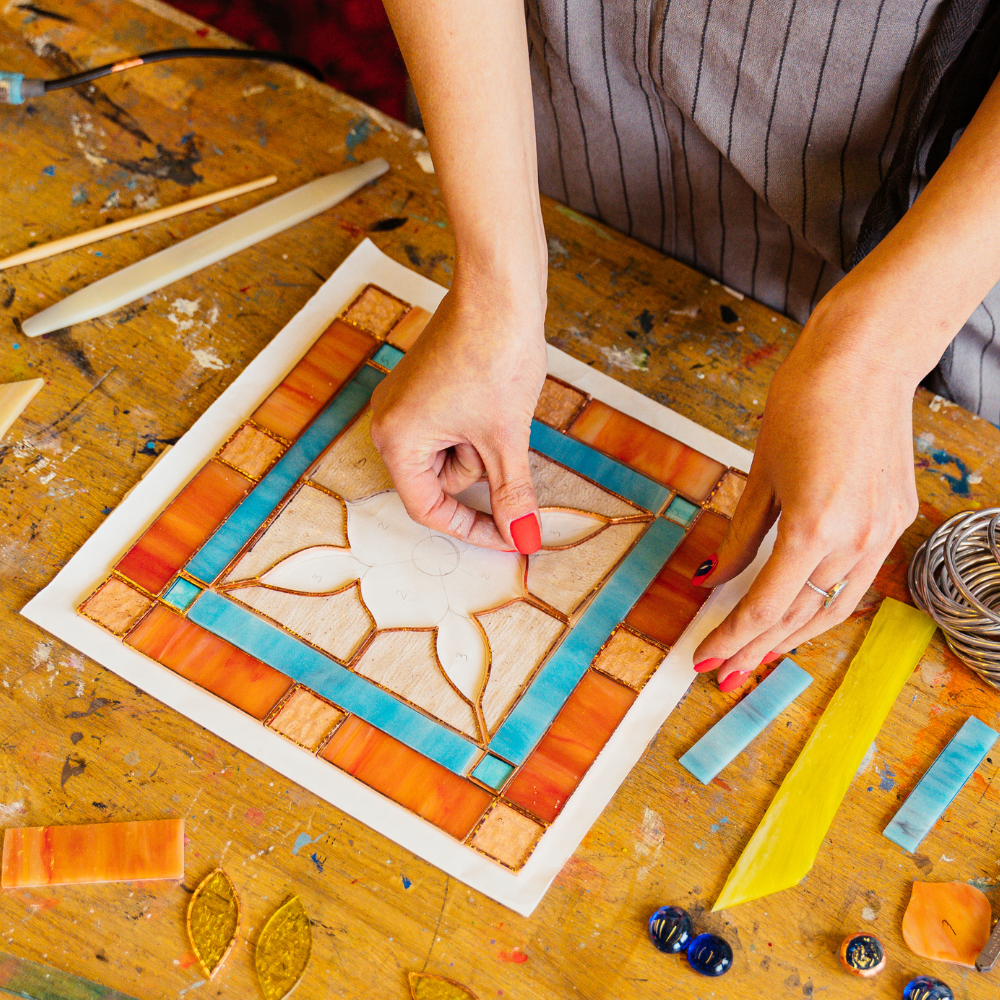

Arts and Crafts FAQs
Are you ready to dive into the colorful and imaginative world of arts and crafts?
Whether you're a seasoned artist or a curious beginner, this FAQ section is here to answer all your burning questions.
From understanding the nuanced differences between art and craft to exploring the historical impact of the arts and crafts movement on modern design, crafting tips and more, we've got you covered.
Plus, discover why incorporating arts and crafts into education is not just fun but essential for developing creativity and fine motor skills.
Let's get started on this creative journey together!
What is the difference between art and craft?
Art is often appreciated primarily for its beauty or emotional power, while craft is valued for its functionality and craftsmanship. Art is typically seen as a form of self-expression, while craft involves creating objects that serve a practical purpose.
How did the arts and crafts movement impact modern design?
The arts and crafts movement emphasized the value of handmade objects and traditional craftsmanship, influencing various art forms and design practices. It promoted the use of high-quality materials and techniques, which continue to be valued in modern design.
Why are arts and crafts important in education?
Arts and crafts activities help develop fine motor skills, creativity, and problem-solving abilities. They encourage self-expression and can be therapeutic and relaxing. Including arts and crafts in education fosters creativity and skill development in students.
What materials are commonly used in arts and crafts?
Arts and crafts can involve a wide range of materials, including paper, fabric, wood, clay, metal, and various types of paint and markers. The choice of materials often depends on the specific project and the desired outcome.
Can arts and crafts be a profitable business?
Yes, many people turn their passion for arts and crafts into a profitable business. Selling handmade items online, at craft fairs, or in local shops can be a great way to earn income. Additionally, offering workshops or tutorials can also be a lucrative venture.
How can I get started with arts and crafts if I'm a beginner?
Starting with simple projects and gradually working your way up to more complex ones is a great approach. There are numerous online tutorials, classes, and books available that can guide you through the basics. Joining a local arts and crafts group can also provide support and inspiration.
What are some popular arts and crafts trends right now?
Some current trends include resin art, macramé, upcycling, and digital art. These trends often evolve, so staying updated through social media platforms like Pinterest and Instagram can provide fresh ideas and inspiration.
How can arts and crafts benefit mental health?
Engaging in arts and crafts can be incredibly therapeutic. It helps reduce stress, improves focus, and provides a sense of accomplishment. Many people find that creating something with their hands is a great way to relax and unwind.
What are some eco-friendly arts and crafts practices?
Using recycled materials, opting for non-toxic and biodegradable art supplies, and repurposing old items are all eco-friendly practices. Many crafters also focus on creating sustainable art by minimizing waste and choosing environmentally friendly products.
Can children benefit from arts and crafts activities?
Absolutely! Arts and crafts activities are excellent for children's development. They help improve hand-eye coordination, enhance creativity, and teach patience and perseverance. Plus, it's a fun way for kids to express themselves and explore their imaginations.
How do I choose the right arts and crafts project for me?
Consider your interests, skill level, and the amount of time you can dedicate to the project. Starting with something that excites you will keep you motivated. Don't be afraid to experiment with different types of crafts until you find what you enjoy the most.
What are some essential tools for arts and crafts?
Some basic tools include scissors, glue, a cutting mat, rulers, and various types of brushes and pens. Depending on your specific craft, you might also need specialized tools like a sewing machine, a pottery wheel, or a heat gun.
Are there any online communities for arts and crafts enthusiasts?
Yes, there are numerous online communities where you can share your work, get feedback, and find inspiration. Websites like Reddit, Pinterest, and various Facebook groups are great places to connect with fellow crafters.

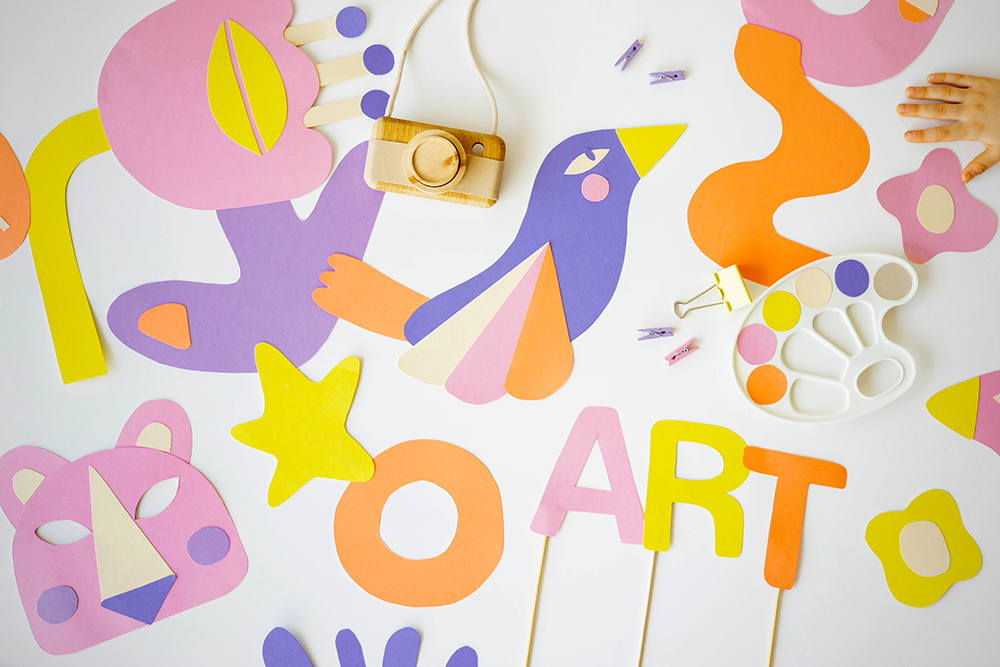
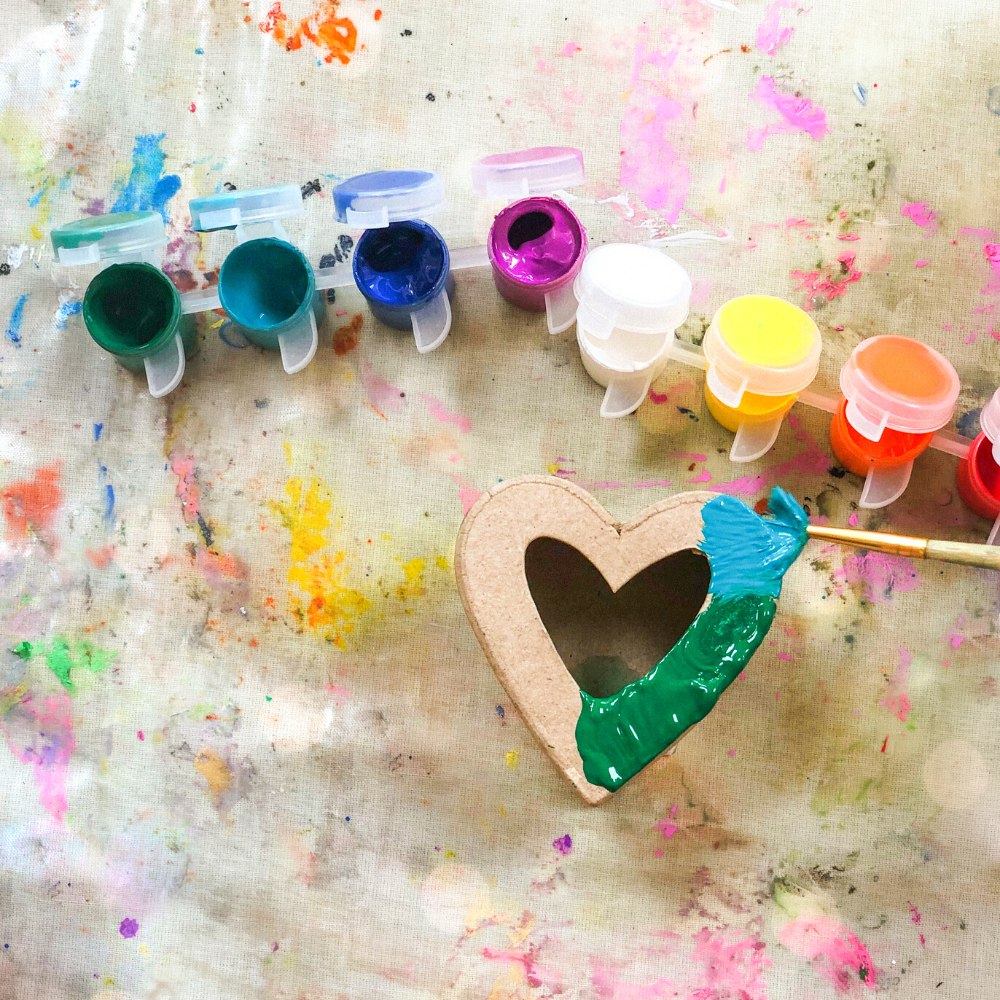
Eager to learn more about arts and crafts? Check out TED-Ed's video!
Want even more content about creativity and art?
Be sure to check out all of our creative chronicles!
Want more craft ideas for your next project?
Check out some of our other articles:
-What is trending in arts and crafts?


